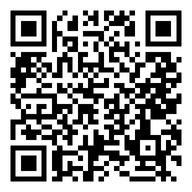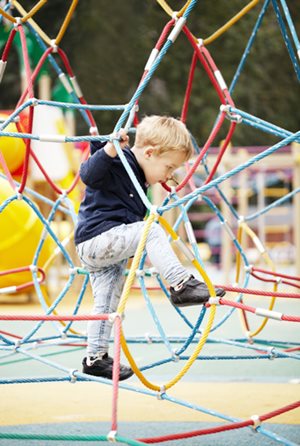Overview
A well-planned playground with attention to safety is a great place for children to play. Children benefit from getting exercise and developing balance, coordination and confidence. Unfortunately the playground is a common place where children can get injured. Injuries happen at a playground a little less often than they do at home. Falls from jungle gyms, monkey bars, swings or slides commonly cause injuries. According to the CDC, more than 156,000 children are treated each year for playground injuries.
Common Injuries
Playgrounds are filled with climbing, swinging and moving structures. Many injuries are limited to scrapes and bruises. But, more serious injuries such as broken bones, concussions and strangulations can occur.
Falls:
The most common type of injury from the playground is a fall from monkey bars. This can result in a wrist, elbow or collarbone fracture. Patients often report that they lost their grip and landed on a hard surface. Falls also happen from swings, slides, seesaws and merry-go-rounds. These injuries can cause broken bones and may need surgery. Children wearing loose clothing or tie strings can get caught in the equipment as they fall. Sometimes the loose clothing can cause the fall.
Twisting:
Sometimes parents want to go down the slide with their toddler. The child’s foot can get caught underneath the adult’s leg causing a twisting injury. This can lead to a broken shinbone, which is known as a Toddler’s Fracture. Children can also get limbs caught between the moving parts of playground equipment.
Strikes:
Children can be hit by moving playground equipment like swings, seesaws or merry-go-rounds.
Recommendations
- Supervision: children should always be supervised by an adult while at the playground
- Safe playground:
- Pick a playground for your child that is appropriate for their age and size.
- Make sure it is not too crowded.
- Pick a playground with a thoughtful design with well-spaced equipment.
- The playground should have a soft landing surface such as shredded rubber, mulch or sand.
- Pick a playground that is appropriately fenced with a good view of the children
- Check the maintenance of the equipment. If the swings are broken or the grips are worn, there may be other hazards as well.
- Avoid equipment with small openings where a child could get their head stuck.
- Swing seats should be made of lightweight plastic or rubber
How can you make your child safer at the playground?
- Make sure your playground design and equipment complies with US Consumer Product Safety Commission guidelines (specific playground guidelines are linked below)
- Make sure that they have the right equipment for your child’s age and height
- Avoid any equipment with sharp edges or mounted on hard surfaces
- Be sure your child can be seen clearly from the entire playground
- Make sure there are no tripping hazards within the play area.
- Let them have fun!
References
Recreational Injuries in children: Incidence and Prevention, Purvis JM, JAAOS, Nov/Dec 2001, vol 9 no 6 365-374
More Information
Page QR Code:


 POSNA.org
POSNA.org

